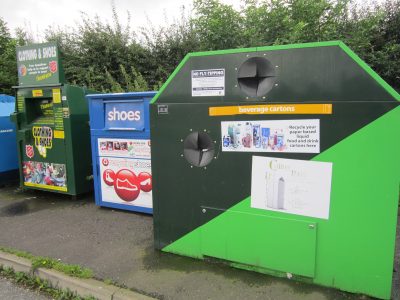John Dizard looks forward to the summer release of a remake of the state’s 2001 power crisis ©AFP Just to add a little extra to the entertainment value offered by the US to the rest of the world, we can look forward to the summer release of a remake of the 2001 California energy crisis. You may remember the original: the blackouts, political outrage and suddenly accelerated power-plant and transmission-line construction. The 2001 California show also had a great villain in Enron, the failed energy, telecoms and trading company. I worry that this time we will not have such a convincing bad guy, but 2016’s California Energy Crisis will have even more misery up on the screen, what with it being summer and air conditioning and gas pumps shut down. Harder to get to the beach. Also, the coming blackouts will have the benefit of even more “earned media” by becoming a topic in the November elections. More On this story View from the US The 2001 crisis had a range of origins, of which the most important was poorly drawn legislation. The proximate cause of the February-March blackouts in the area serviced by the Pacific Gas and Electric Company, mostly in northern California, was the cut-off of credit for power purchases after the parent company filed for bankruptcy protection in January. That was overcome by the state stepping in to provide credit for power purchases. This year’s rotating outages in the Los Angeles basin will be caused by a physical shortage of natural gas that can be delivered to local generators. This will be a consequence of the shutdown and draining of a leaky gas storage facility in Aliso Canyon, in the northern part of LA county. There were good safety, environmental and aesthetic reasons for the authorities to shut down the Aliso Canyon storage to check every well in the depleted and repurposed oilfield. However, elected officials overreacted with an extremely rigid law that makes it difficult, but not impossible, to ever reopen the facility. SoCal Gas, which owns the storage facility, appears from my reading of the reports to have been slow, rather than negligent or greedy, in spending enough money to keep the field in good repair. A coalition of the gas, generation and transmission owners and operators issued a report last month that said a total of 14 days of power outages was likely this summer, thanks to the Aliso Canyon shutdown. My contacts in the industry say that could be on the low side. Jim McIntosh, who was the operating manager of the California electric grid during the 2001 crisis, says: “They are probably going to take my record of 13 outages away from me. I think the [Aliso Canyon] technical report was optimistic. I just do not think it is in their favour to downplay this risk with the public.” His concern would be to avoid “cascading outages”, which means an intentional cut-off of power to a swath of the LA basin could coincide with another event, such as a wildfire that causes a transmission line to go down, or a generator unexpectedly coming offline. “If [the power curtailments] get above 1,000MW, I don’t know how they will do that. A cascading outage could last for days,” he says. Now when Mr McIntosh and those whose names are on the credit roll for this crisis use the term “the public”, we cannot forget that LA blackouts will include the homes and places of work of celebrities. You will be reminded that they feel discomfort and pain more than the rest of us do. Corporate America brings more focus to the prospective resolution of the Aliso Canyon 2016 energy crisis. Its general belief is that the California political class will stay on course with the shutdown for the first blackout, and maybe the second, but after the third rotating outage the balance of opinion might be to get the goddamn air conditioning working again. Then Aliso Canyon could be reopened to provide short-term gas storage for the swings and roundabouts of demand. Unfortunately, SoCal’s engineers will only use the inner tubing of each recommissioned well, not the full diameter, so there will be less capacity than there was before, in any event. At that time, if you and your team have a plan to present to the politicians in Sacramento, it might get passed. Berkshire Hathaway’s PacifiCorp utility in Oregon has been constructively suggesting that California should more formally join its grid management with those of other western states. I think they could well carry the day a year or two earlier than their worst-case projections. Environmental activists have been very strongly opposed to any solutions other than adding more renewable energy resources, except on vulnerable desert land. They have even commissioned their own engineering studies, one of which, the Powers report, I have read. While it makes a number of interesting points, the enviros’ study elides a few facts. Renewable “biogas” produced from sewage is credited with more than 800MW of power production. The real number is 27MW. Anyone can make a mistake. But it will take a whole state to allocate the blame. Copyright The Financial Times Limited 2016. You may share using our article tools. Please don’t cut articles from FT.com and redistribute by email or post to the web. Source link






